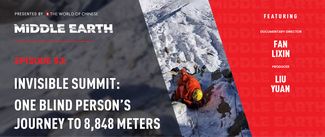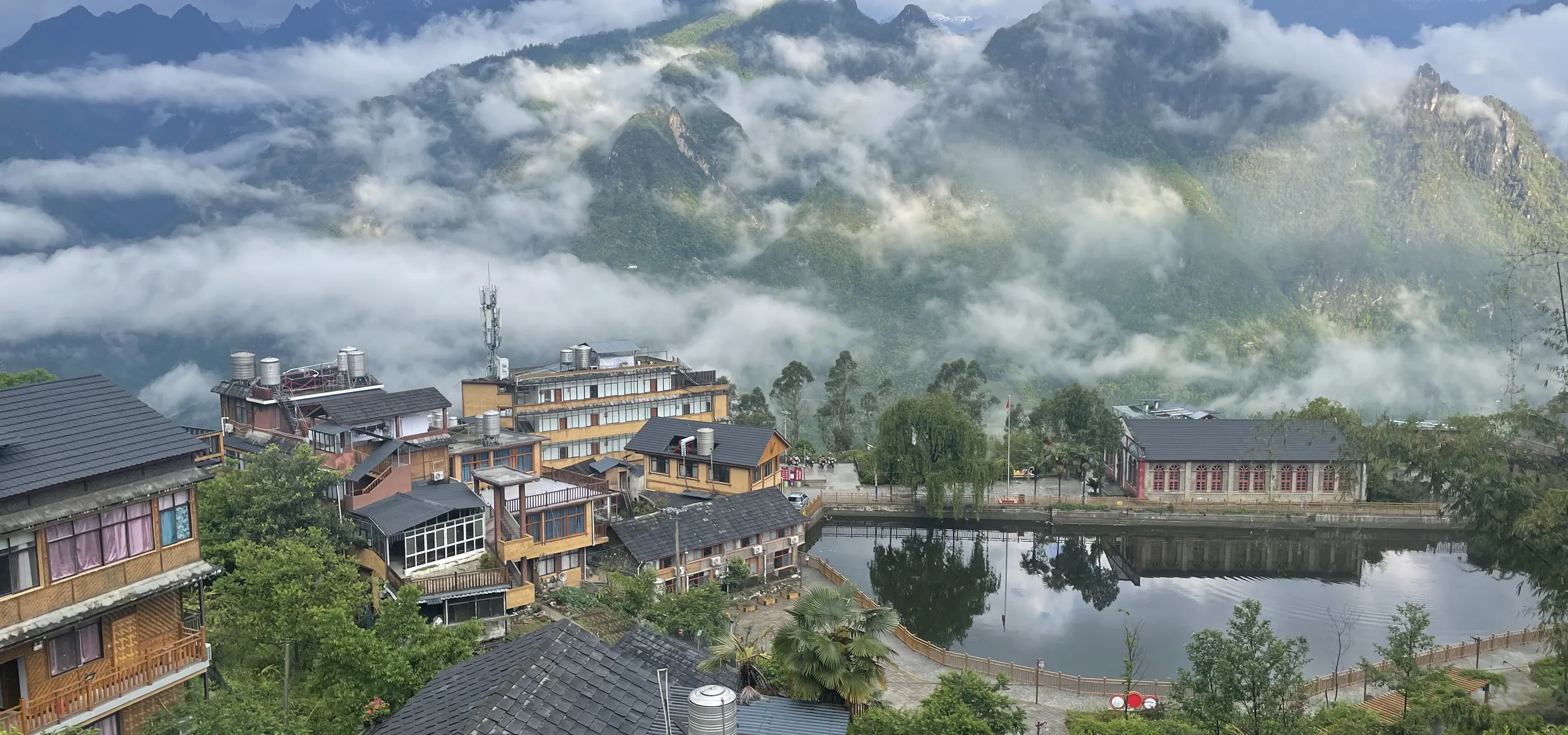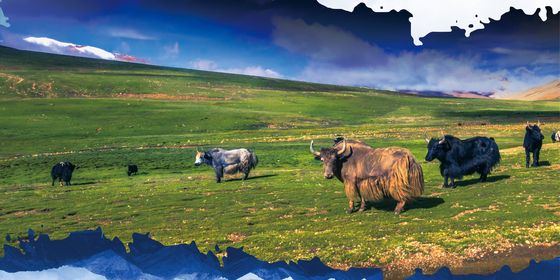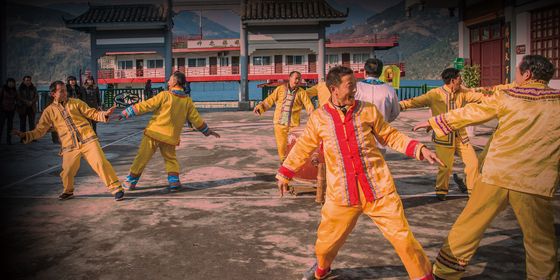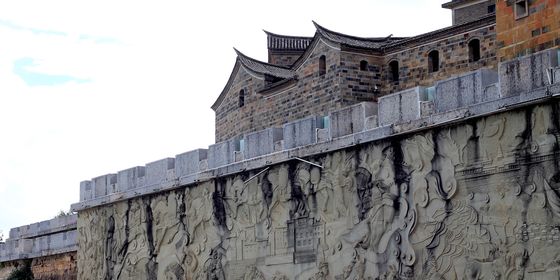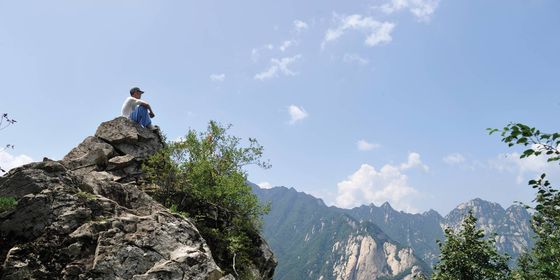Clouds swirl permanently over Yunnan’s remote Nujiang region, where old Christian communities meet an abandoned government outpost and one of Asia’s wildest rivers
The Salween River thunders below me, sending sprays of brown water to beat against the giant boulders. As I look up and see waterfalls bursting out of cliff faces one after another, as if the mountains themselves can’t contain their might, I know I’m not the first or last person to find perfection in the Chinese name of East Asia’s last major undammed river, Nujiang (“Angry River”).
I’ve arrived at Laohutiao, or Tiger’s Leap, a gorge (not to be confused with the better-known tourist site on the Jinsha River) that marks the southern entrance to the Nujiang Grand Canyon. This is the real start of my journey, though I have already spent four bumpy hours on the road. These days, only one bus leaves per day for this remote northwestern corner of Yunnan province from the tourist hub of Dali, usually carrying a full suite of 20 passengers plus food supplies crammed into all the available aisle spaces, which it delivers to restaurants along its tortuous 10-hour, 500-kilometer route to Gongshan county.
By the time I finally disembark at Pihe Township, slightly over halfway through this route and another two hours upriver from Tiger’s Leap, I still have 30 minutes of a winding ride ahead of me on a motorized delivery tricycle next to several parcels bound for Laomudeng, a village 1,800 meters above the canyon where I was to stop for the night.
But if my road into Nujiang is arduous, there were plenty of people who had it harder. Sparsely settled by people of the Lisu and Nu ethnicities, and ruled by Tibetan lamas via local warlords for many centuries, this region in China’s southwestern frontier received its first regular infusion of outsiders via the Catholic missionaries who trekked here not via Laohutiao, but the even more impenetrable northern route from Tibet.
Here, the Gaoligong and Biluo mountain ranges soar over 5,000 meters on either side of the canyon. As the water is too swift for boats, locals famously crossed the river via makeshift ziplines well into the 2010s; and until 2001, cars couldn’t penetrate into the region of Dulongjiang, a tributary of Nujiang on the upper reaches on the gorge, which instead relied on horse caravans for all their supplies.
Closer to Heaven is a story from our issue, “Small Town Saga.” To read the entire issue, become a subscriber and receive the full magazine. Alternatively, you can purchase the digital version from the App Store.




